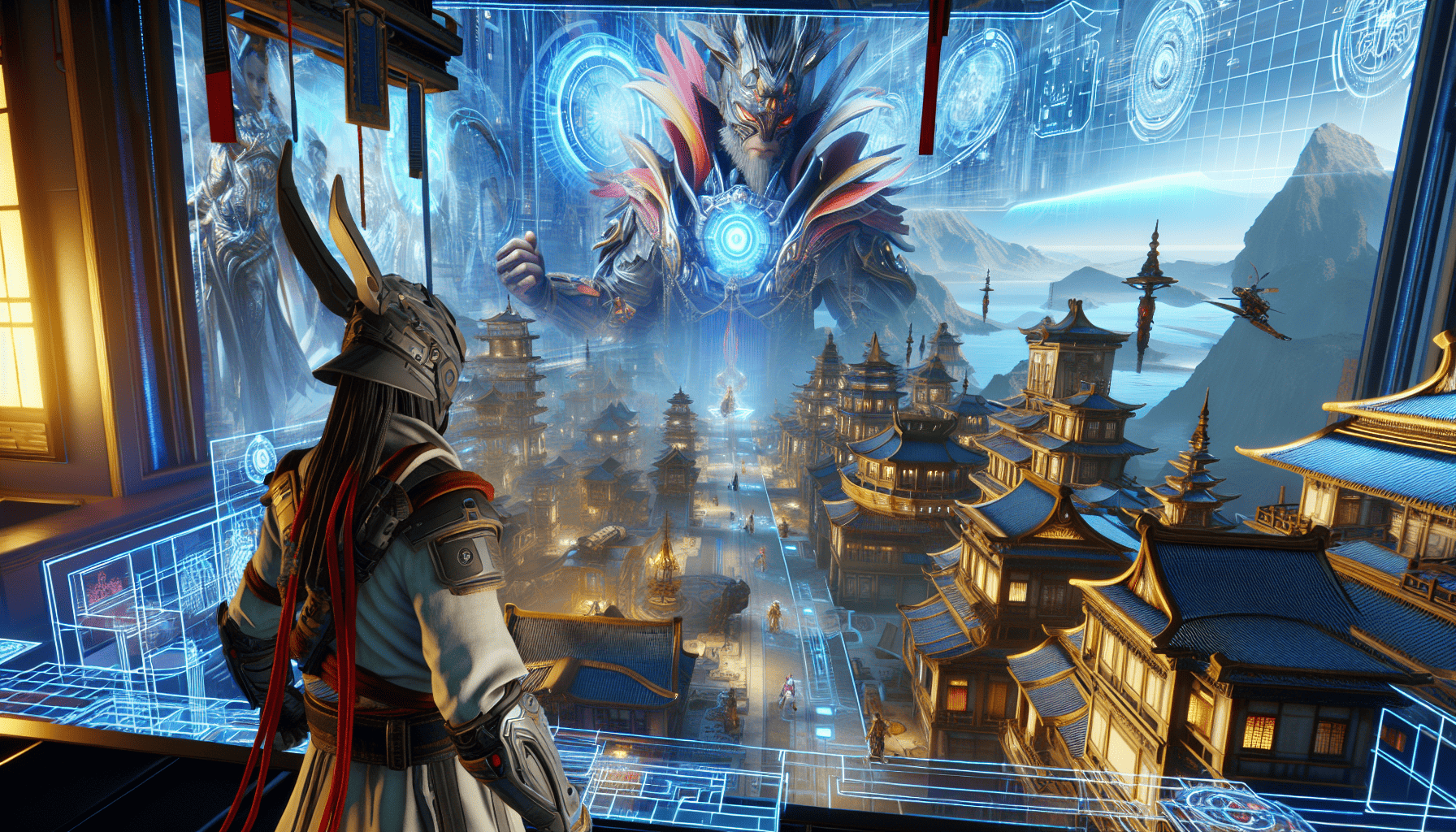In recent years, the impact of graphic design on digital gaming has become increasingly evident, particularly in nations with vibrant gaming communities like Brazil. As the gaming industry continues to expand, driven by both technological advances and an ever-growing audience, the role of design becomes crucial in creating experiences that are both engaging and visually compelling.
At the heart of every captivating digital game lies an intricate web of design elements that together build immersive environments. These virtual worlds are crafted with meticulous attention to detail, often drawing inspiration from real-world landscapes and architectural styles, yet adding a layer of imaginative flair that allows players to escape into new realms. In Brazil, the natural beauty of its diverse ecosystems often inspires stunning in-game narratives and sceneries, from dense jungles to vast metropolitan cities.
Character design, another fundamental aspect of gaming, significantly enhances player engagement. The uniqueness of each character is not just in their appearance but in their role within the game and the way they interact with their environment and with players. Designers work tirelessly to breathe life into these digital figures, focusing on their movements, expressions, and backstories, ensuring that players connect with them on a deeper level. This connection is pivotal in transforming a game from a mere activity into a compelling narrative experience.
The use of vibrant colors, dynamic lighting, and innovative textures defines the aesthetic of digital games, inviting players into a more profound sense of presence. Techniques such as ray tracing and volumetric lighting have revolutionized how light interacts with objects and surfaces, bringing an unprecedented level of realism to graphics. As a result, players can experience subtle shifts in atmosphere, enhancing the emotional impact of the story being told.
In Brazil, designers are not only contributing to the technical and aesthetic aspects of game creation but are also bringing cultural narratives into the fold. Local folklore and history, as well as contemporary social issues, are woven into gaming experiences, offering players insight into Brazilian culture while also expanding the horizons of global storytelling within the gaming industry.
Moreover, the rise of virtual reality and augmented reality technologies has pushed the boundaries of design even further. These technologies allow for spatial interactivity and immersion that were previously unimaginable. Designers must think in three dimensions, considering not just what players see but how they move and interact within a space. This has opened up new avenues for creative storytelling and engagement.
Furthermore, collaborative efforts between designers, programmers, and storytellers are essential in the creation of game worlds that feel coherent and believable. This teamwork ensures that design choices are not only visually appealing but also functional, contributing to gameplay mechanics and user experience. As the gaming industry continues to evolve, the synergy between these disciplines will likely become even more integral to its success.
In conclusion, graphic design holds a transformative power within the digital gaming industry, particularly evident in dynamic markets like Brazil. By blending creativity with technology, designers craft experiences that captivate players, drawing them into worlds where they can explore, interact, and imagine freely. As we move forward, the influence of design will undoubtedly continue to shape the future of gaming, creating new possibilities for storytelling and engagement in an increasingly digital age.
